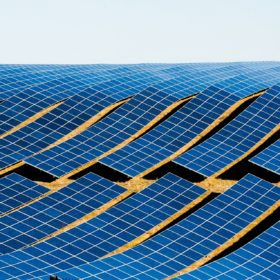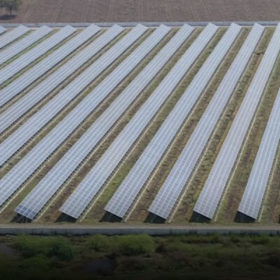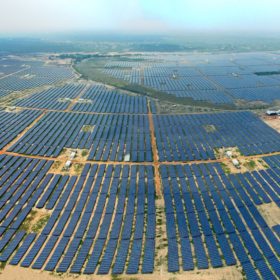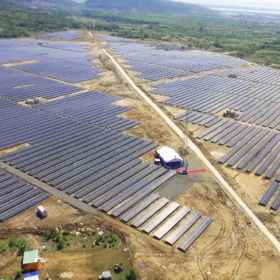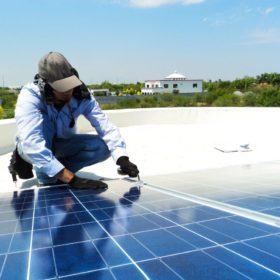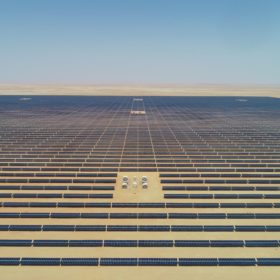Historic-low interest rates will power ahead astonishing solar cost reductions
An Ieefa report has suggested the cost of generating electricity from solar will be near zero in the world’s sunniest regions by 2030-40 – despite what the naysayers at the International Energy Agency might think.
NHDC seeks to empanel solar EPC installers and module manufacturers
The hydropower producer—which recently diversified into solar power projects—has invited global applications as it seeks to empanel EPC agencies and module manufacturers for its solar projects. June 22 is the last date to lodge the interest.
Adani Green Energy wins world’s largest solar award
The developer is reported to have exercised an option to double the 4 GW of solar generation capacity and 1 GW of cell and module production facilities it secured in the manufacturing-linked solar tender carried out by the Solar Energy Corporation of India in November.
Single-axis bifacial PV offers lowest LCOE in 93.1% of world’s land area
Researchers from the Solar Energy Research Institute of Singapore have concluded that utility-scale PV projects relying on bifacial panels and single-axis trackers deliver the lowest levelized cost of energy in most of the world. They found that the combination of bifacial products with dual-axis trackers is still too expensive, despite the higher yield. The second-lowest LCOE is offered by monofacial single-axis tracker plants.
Maruti Suzuki commissions 5 MW solar power plant in Gurugram
With this, the carmaker’s total solar power capacity has increased to 6.3 MW. The plant—developed in ‘carport’ style—will cover an area of 32,985 square metres and work as a roof for the cars parked underneath in addition to meeting internal energy requirements of the Gurugram facility.
Indian Railways to set up 3 GW solar plants on vacant land
The projects—to be developed in three phases of 1 GW each—are expected to be completed by year 2022-23. While the first and the third phases will be developed under public-private partnership basis, the second phase will be on the ownership model of REMCL and eligible for capital subsidy under the CPSE scheme.
Solar costs have fallen 82% since 2010
The levelized cost of energy generated by large scale solar plants is around $0.068/kWh, compared to $0.378 ten years ago and the price fell 13.1% between 2018 and last year alone, according to figures released by the International Renewable Energy Agency.
Bridge To India lowers renewable outlook for 2020-24
The Indian renewable energy market is poised for a significant contraction during the five-year period due to weakening power demand growth, deteriorating financial condition of Discoms and further constraints in debt financing.
SunSource Energy bags another IndianOil project
The new rooftop solar project will be the EPC provider’s third project for Indian Oil Corporation. It will cover ten buildings across the state-owned fossil fuel giant’s flagship Gujarat Refinery and its residential township.
Sterling and Wilson commissions 125 MW (DC) solar plant in Oman
The plant—Oman’s first renewables-based independent power project—is also the world’s biggest single-unit solar park to use bifacial modules.
